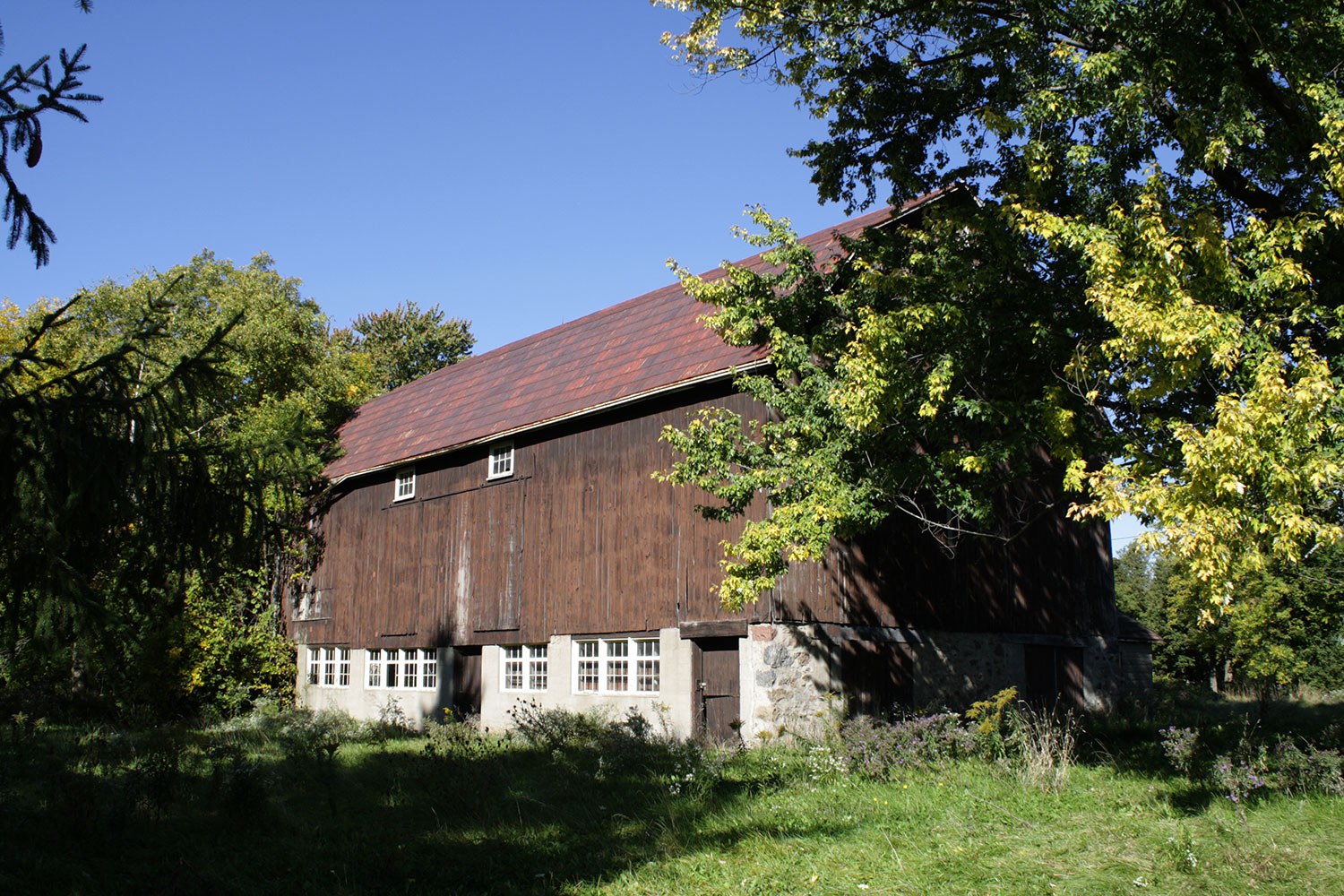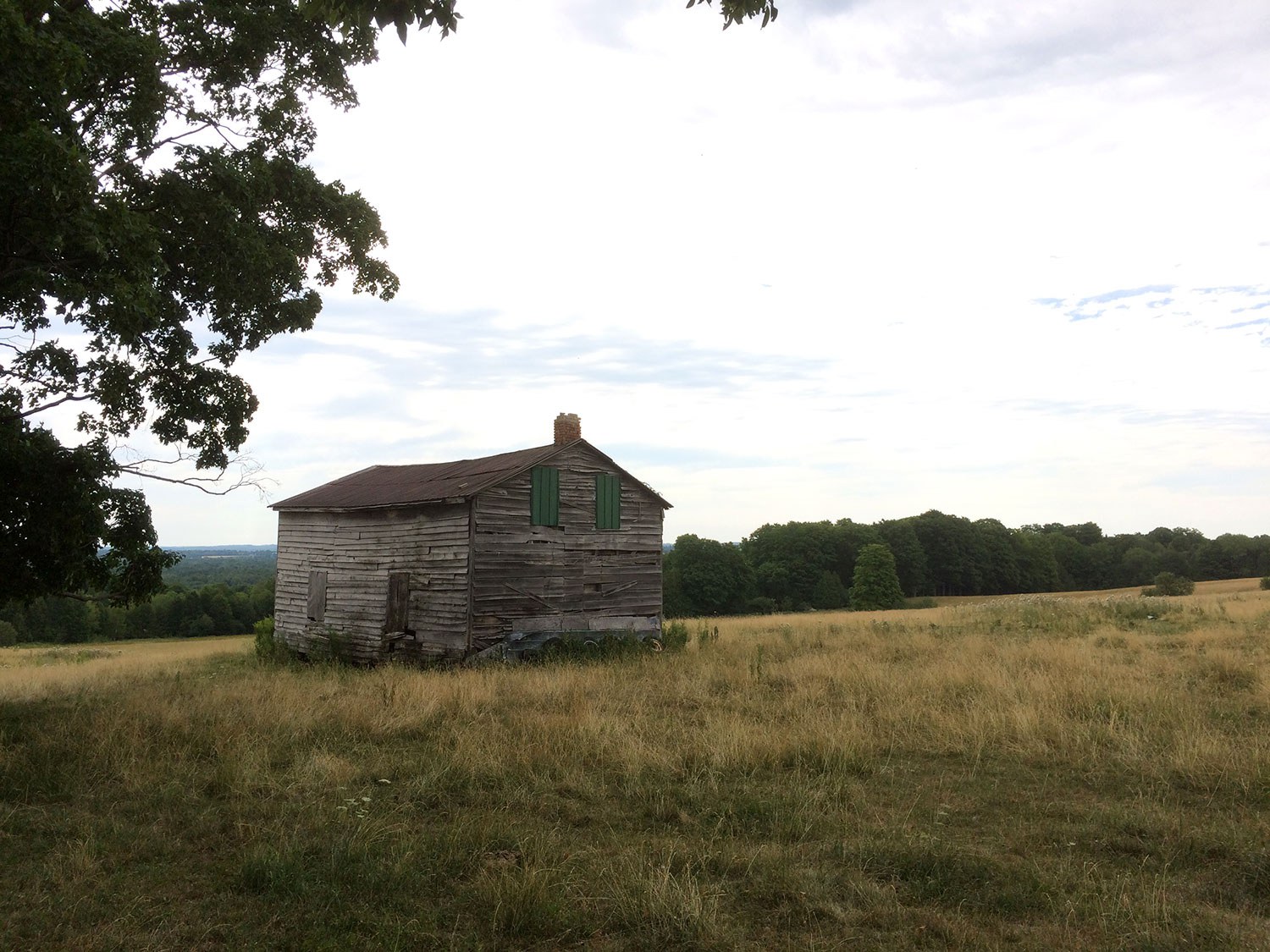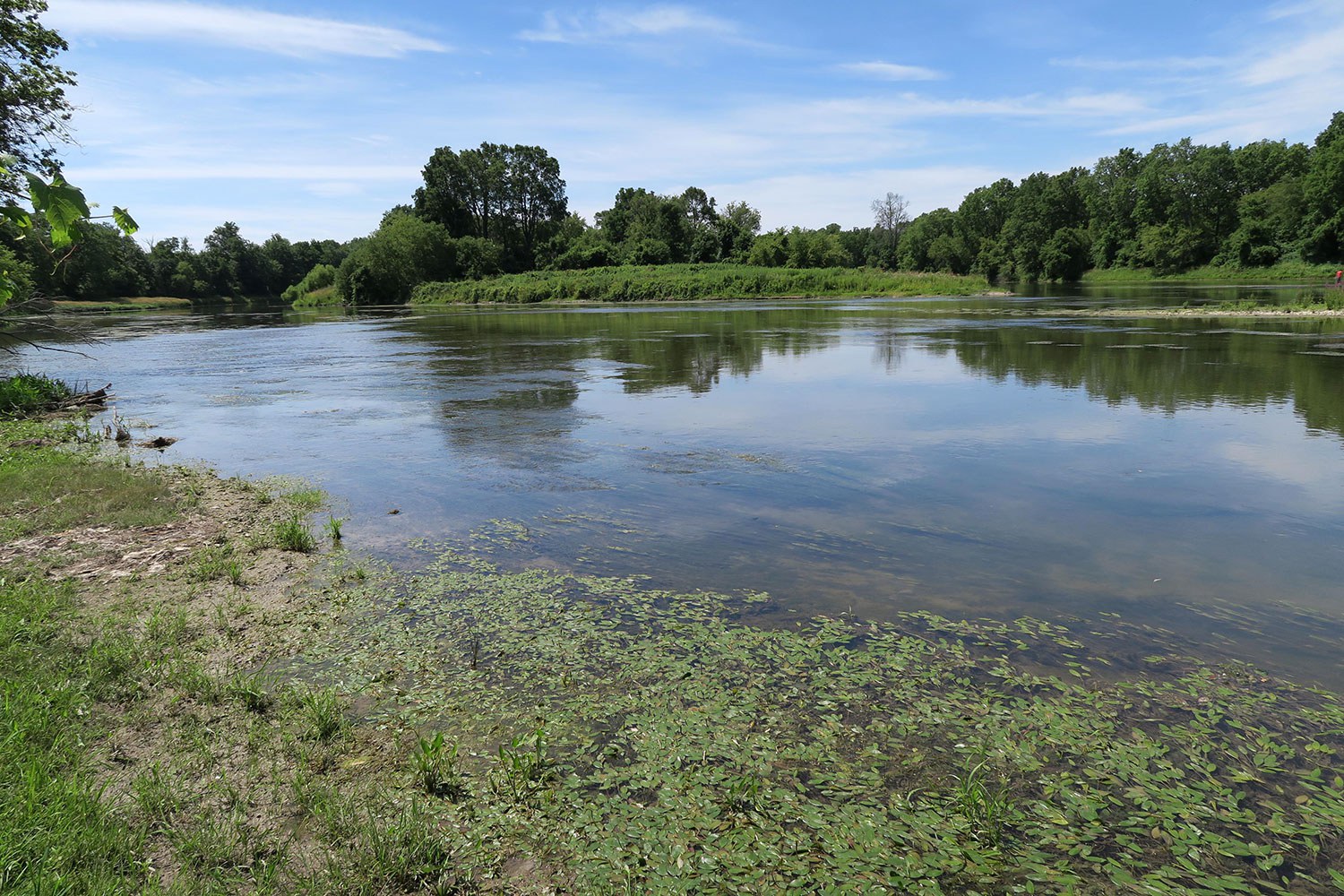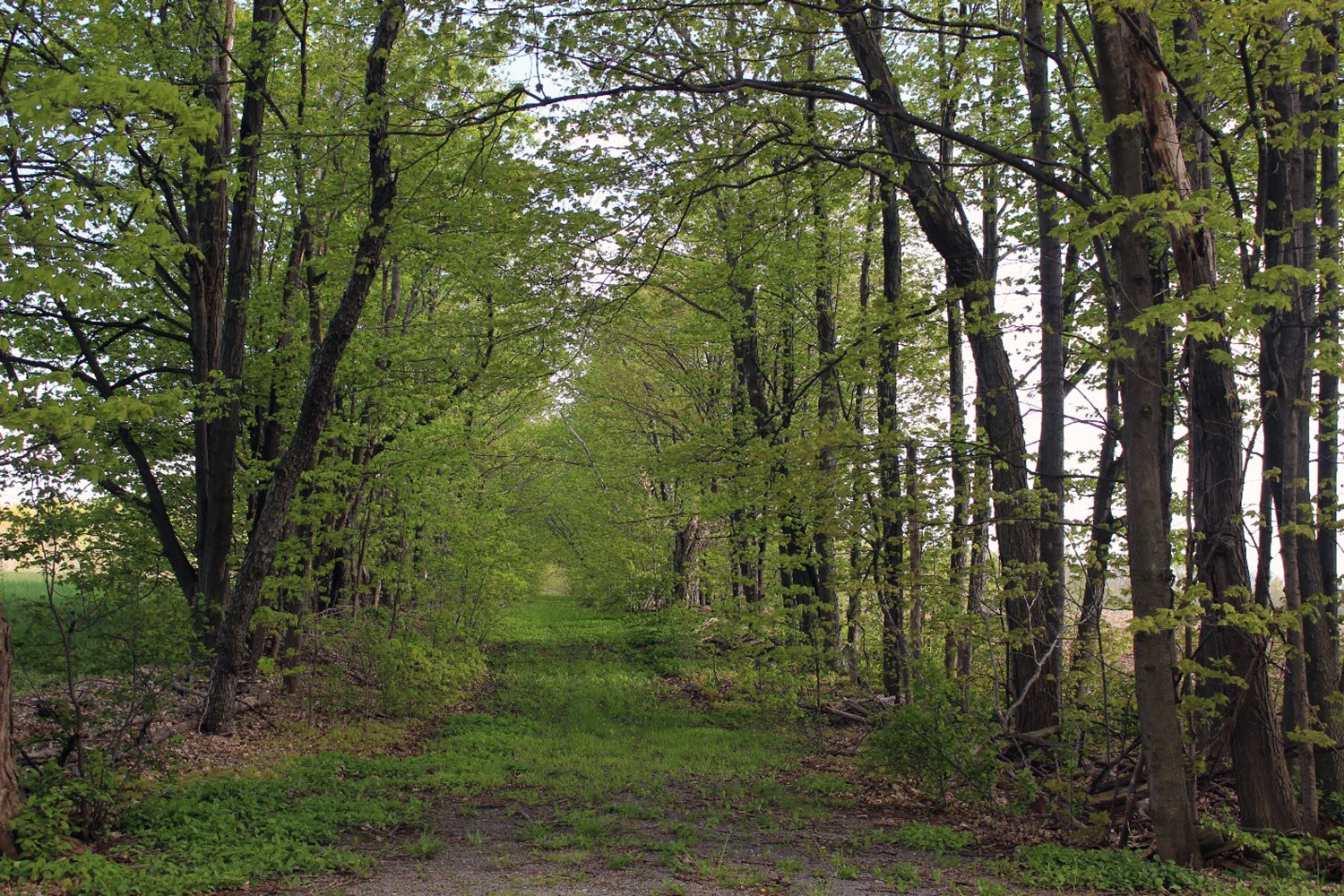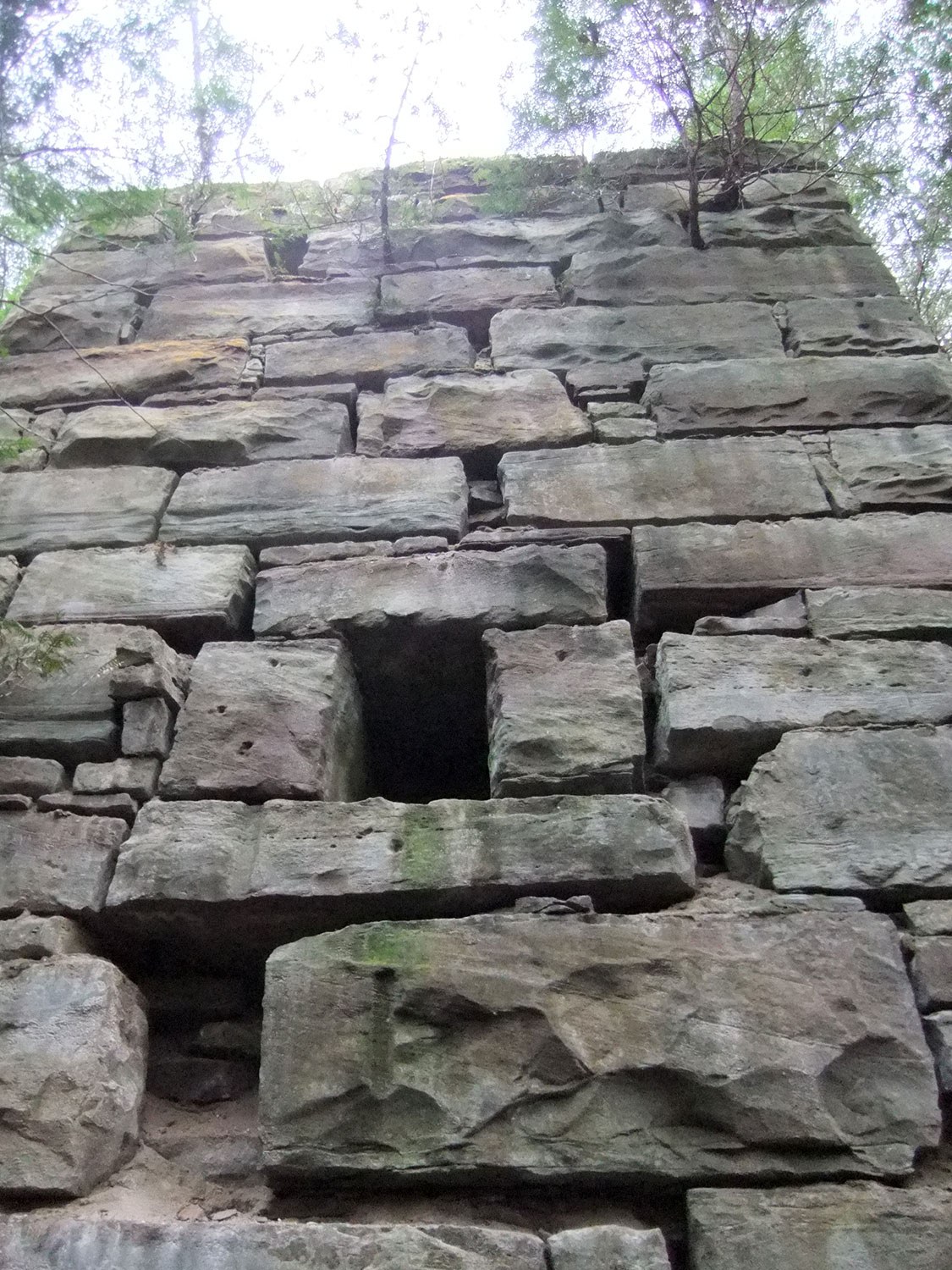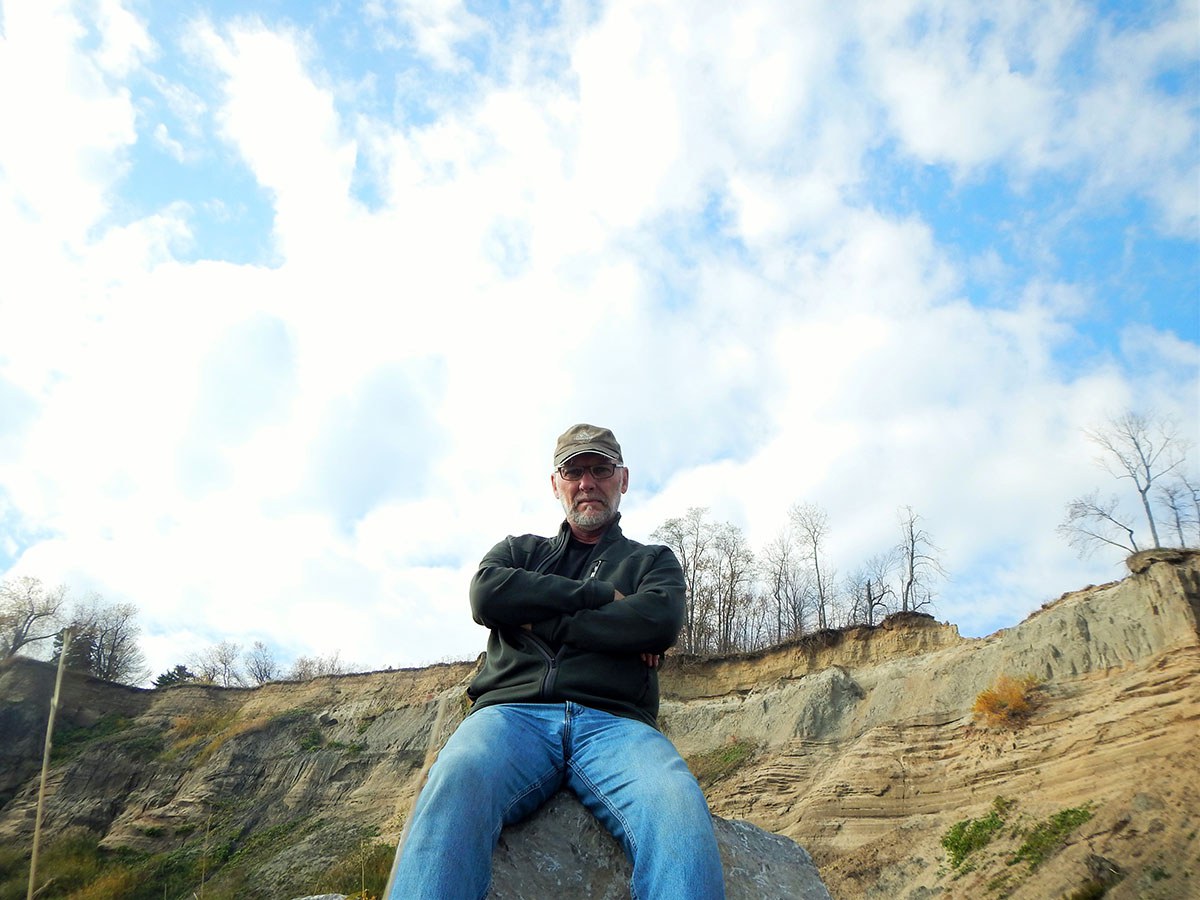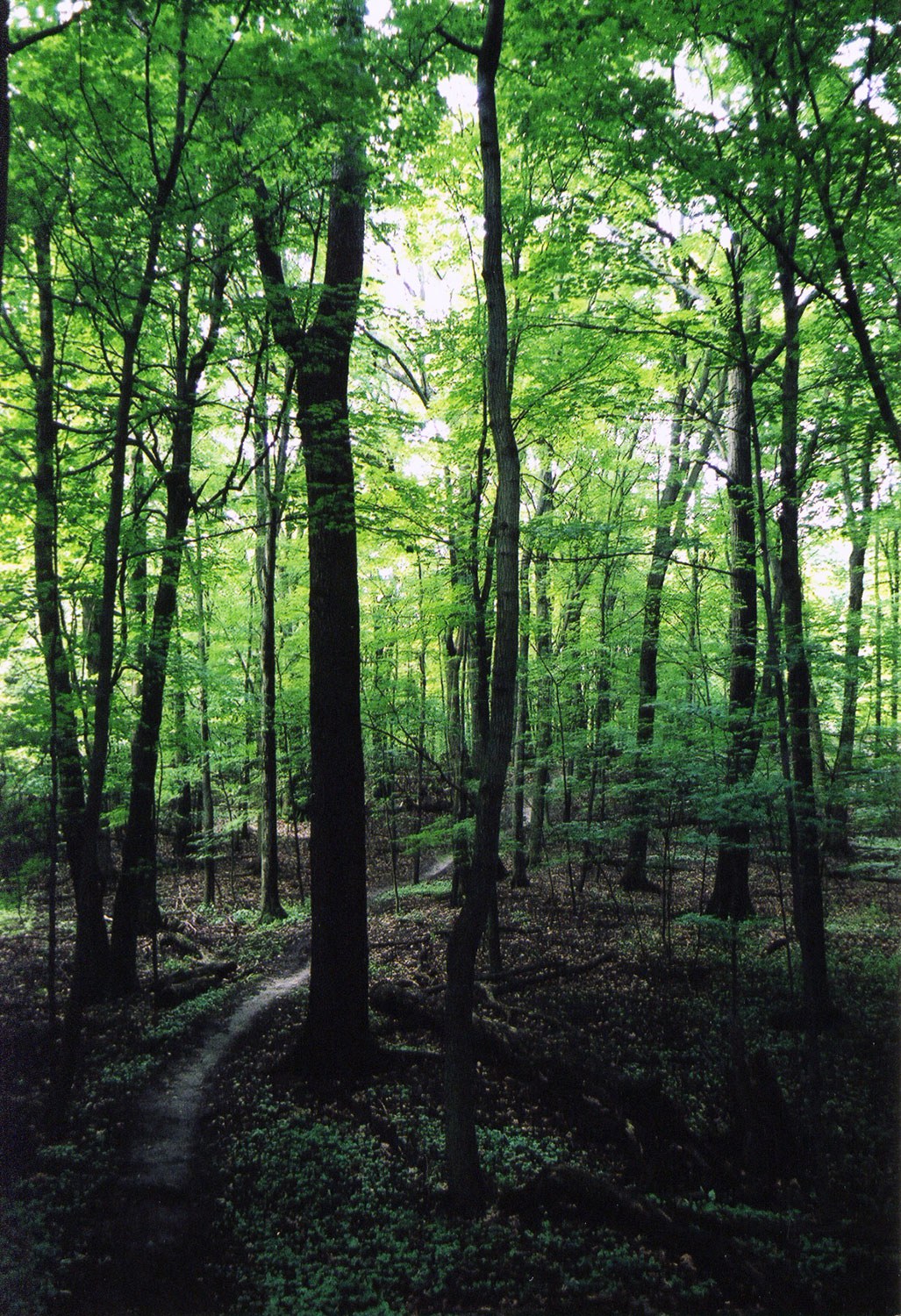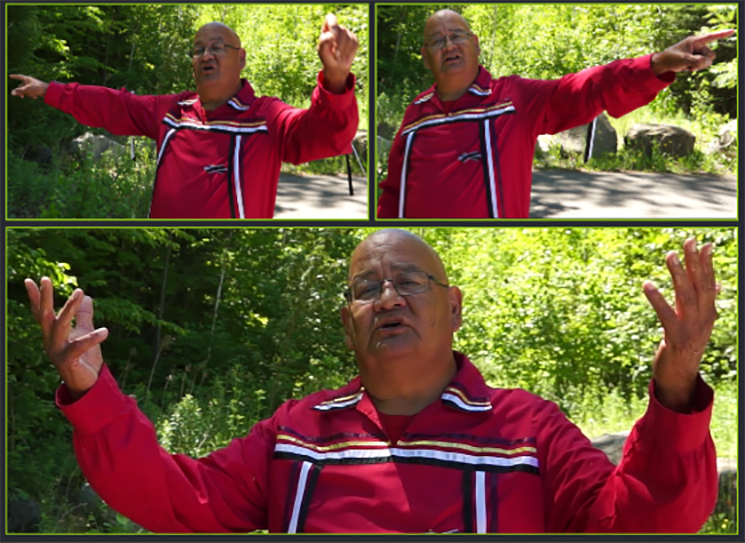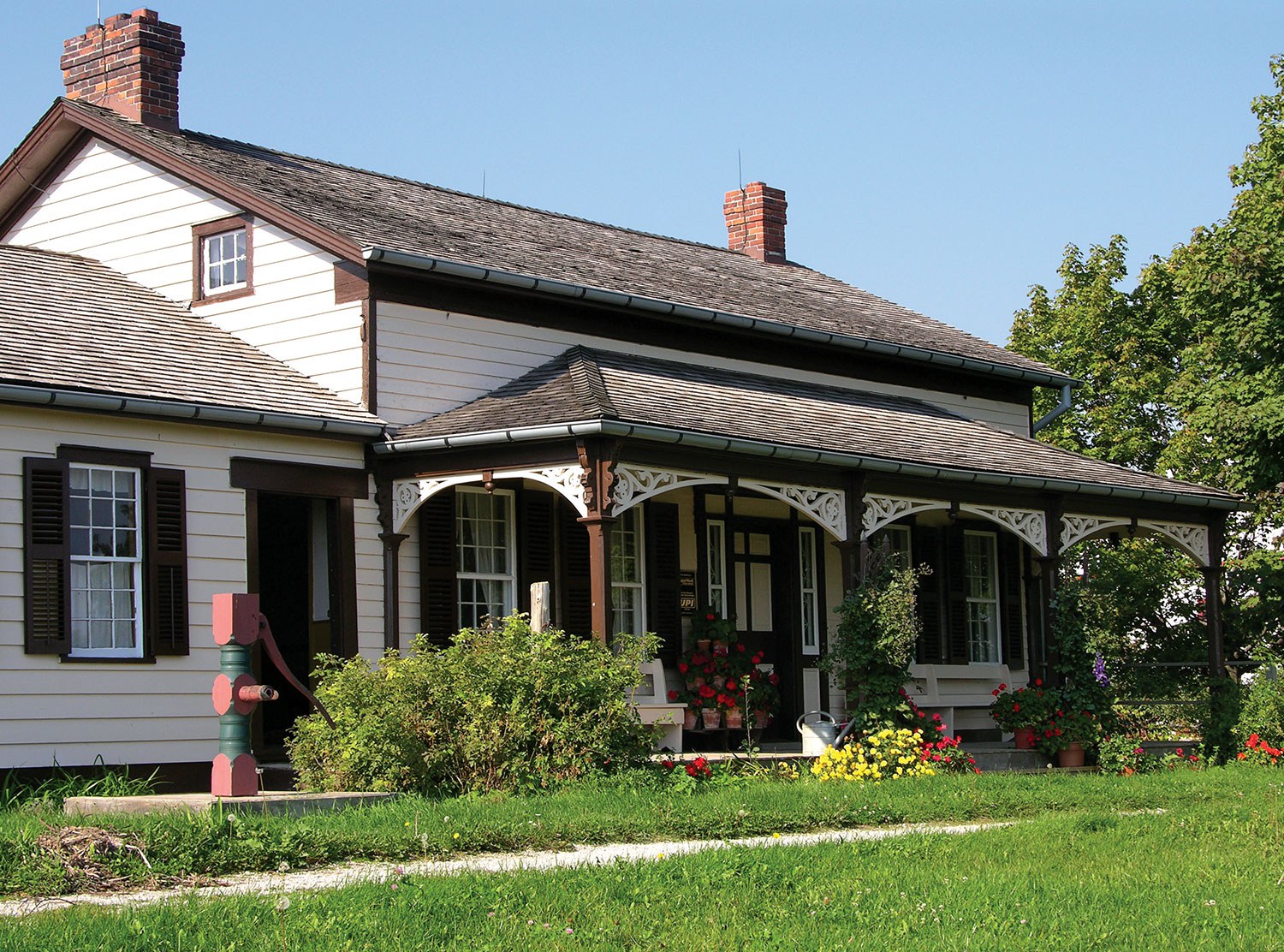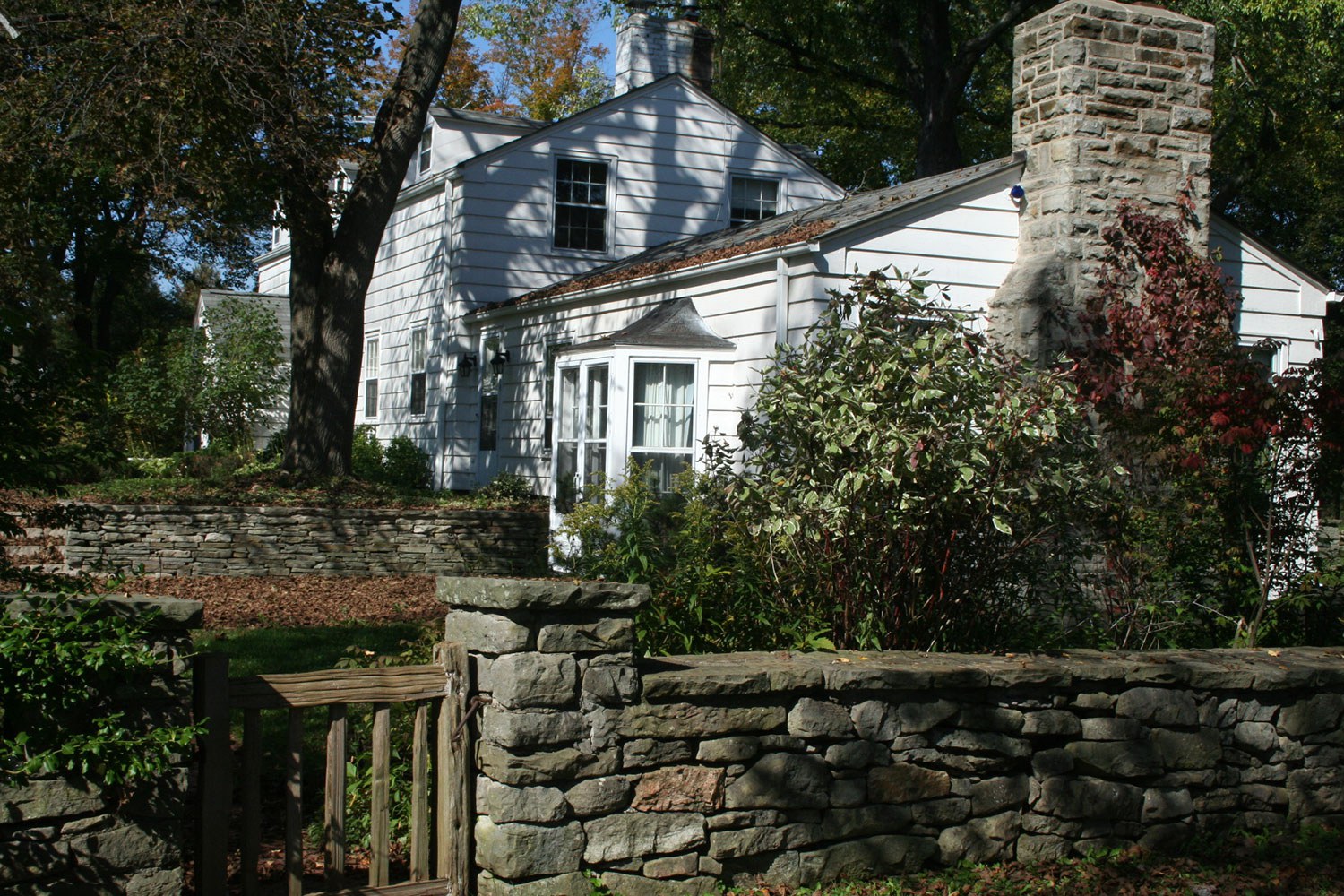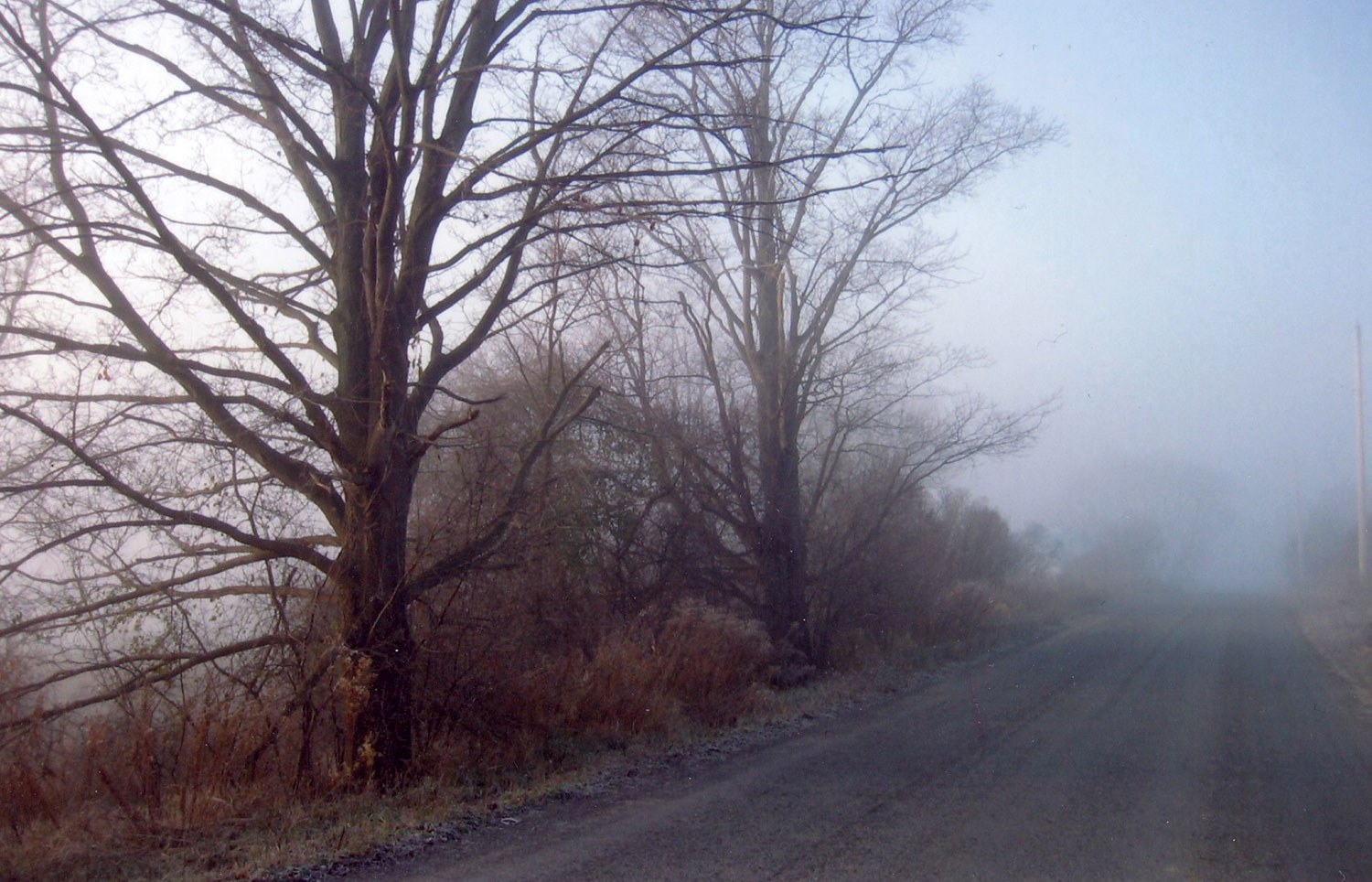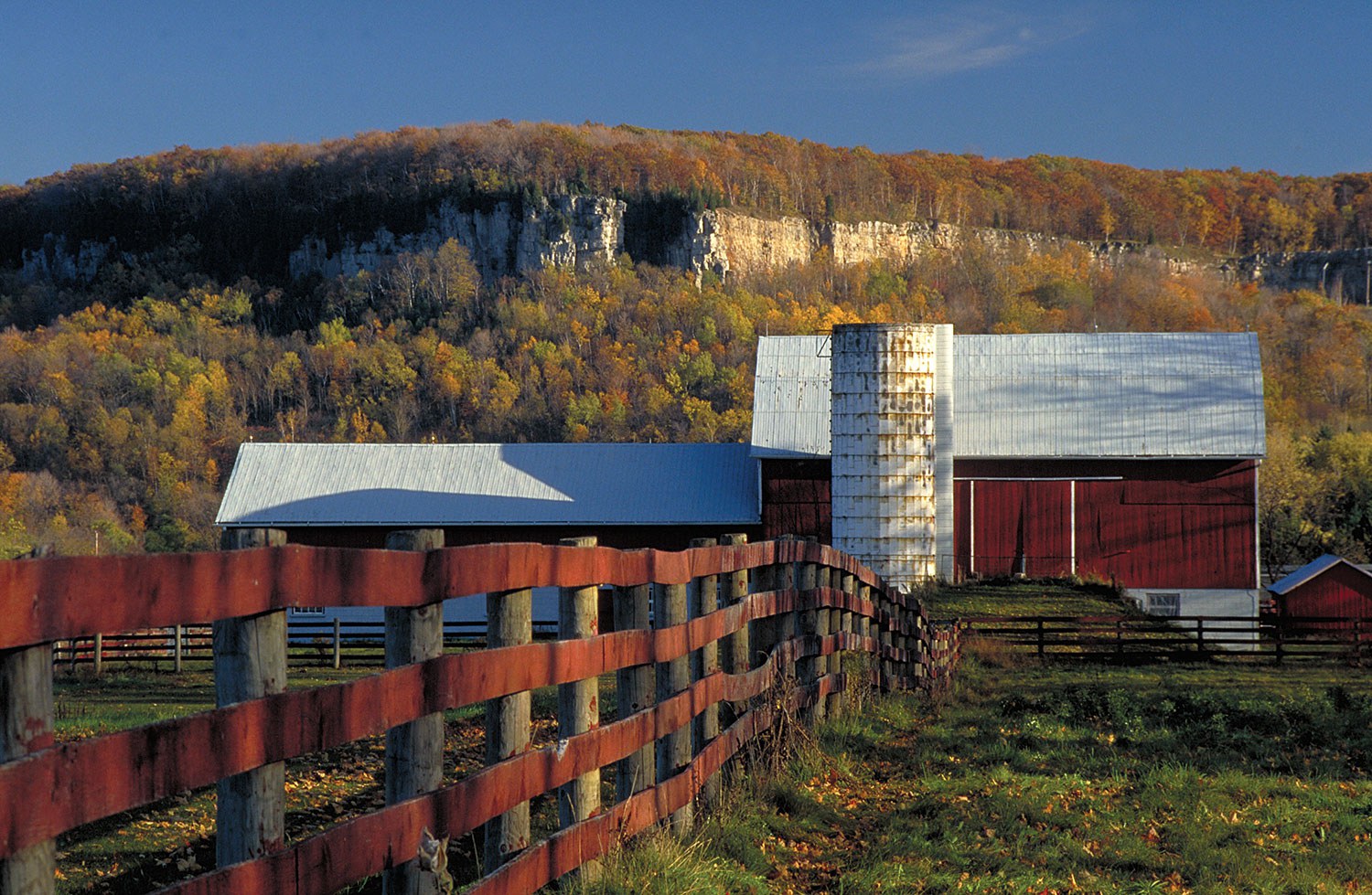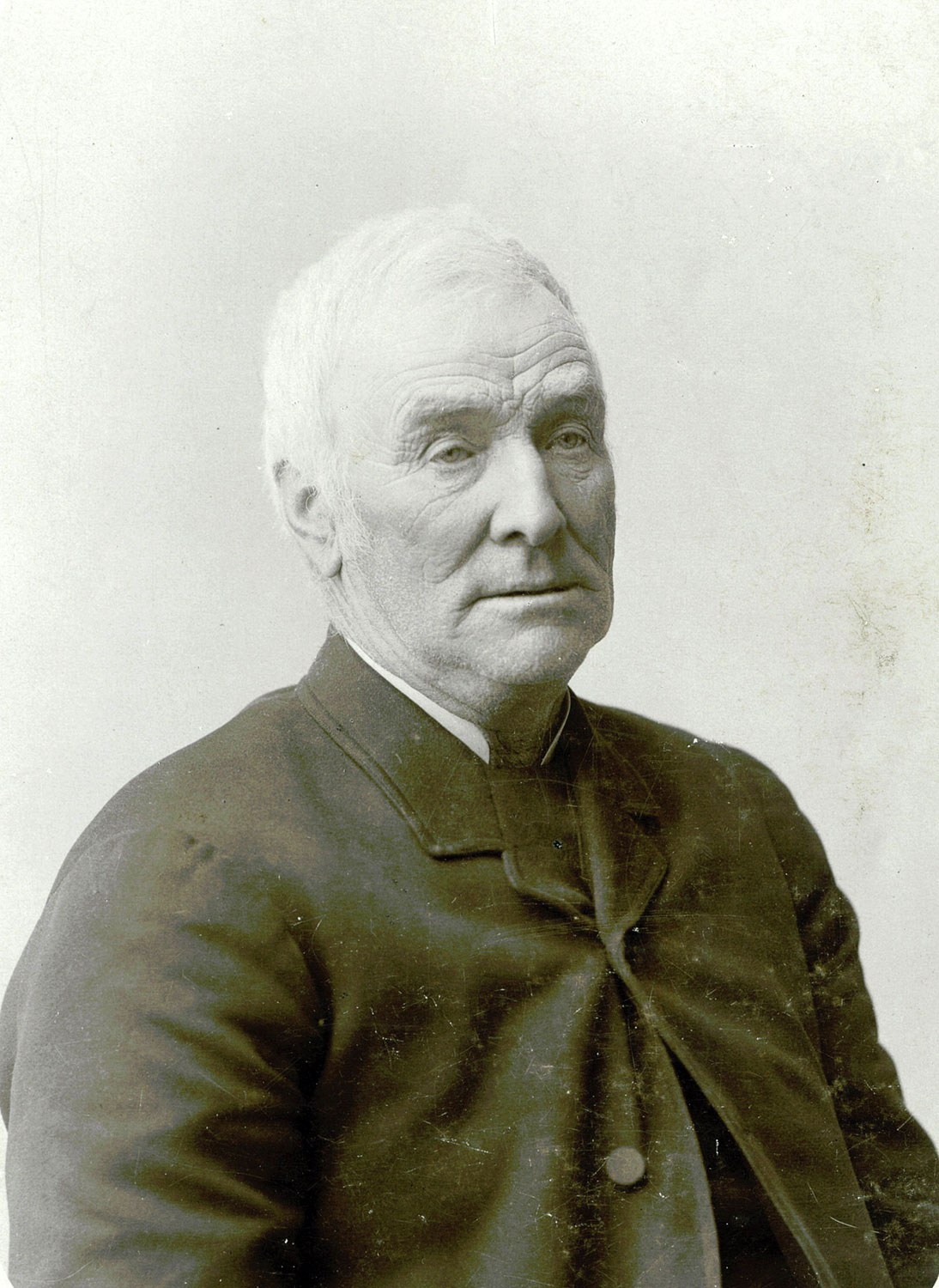

Browse by category
- Adaptive reuse
- Archaeology
- Arts and creativity
- Black heritage
- Buildings and architecture
- Communication
- Community
- Cultural landscapes
- Cultural objects
- Design
- Economics of heritage
- Environment
- Expanding the narrative
- Food
- Francophone heritage
- Indigenous heritage
- Intangible heritage
- Medical heritage
- Military heritage
- MyOntario
- Natural heritage
- Sport heritage
- Tools for conservation
- Women's heritage
The changing landscape of farming
Cultural landscapes
Published Date: Sep 09, 2016
Photo: A 19th-century barn in Richmond Hill (now demolished).
Growing up on a small family farm, I have witnessed the benefit and impact of technology on agricultural landscapes.
In the 1980s, our barn was filled with thousands of square bales. Then, our family bought a round bailer – which eliminated manual labour from haying and bank barns altogether. Within a decade, bank barns – one of the most defining visual images of farms – were left without a primary purpose. With only marginal use and a high cost of maintenance, these structures have since fallen into disrepair. This single change in technology provides a glimpse into the forces that continuously shape Ontario’s agricultural landscape.
To farmers, our agricultural landscape is a living landscape that is constantly reshaped by innovation and economic change. As heritage professionals, we may look at the decline and abandonment of barns with dismay. The craftsmanship and physical connection with our past cannot be re-created once lost. But, to farmers, there is little room for nostalgia – and no monetary value in the past.
The creation of the Greenbelt is Ontario’s major policy contribution to the protection of agricultural landscapes. Its primary purpose, however, was never the protection of cultural landscapes, but rather the protection of farmland. As the recent Crombie report on the Greenbelt acknowledged, protection of cultural heritage assets needs strengthening. But to what end should these protections be strengthened? And should these protections not extend to all areas of Ontario?
The c. 1850 house where my grandfather was born, at the farm that he continues to occupy at 94 years of age.
The best way to strengthen the protection of agricultural landscapes is to lower barriers for new farmers, foster a spirit of adaptive reuse and encourage agricultural innovation. Many people are interested in farming, but access to land, capital and training are huge barriers. Farms now average 314 hectares (778 acres), which is unmanageable for newcomers. Even if farmland can be obtained, there is a 30 per cent deposit required to qualify for a mortgage. In the United States, Land Banks that provide tax incentives for the donation of agricultural land have been shown to conserve the integrity of agricultural landscapes while lowering barriers to accessibility. Organizations exist, such as the Ontario Farmland Trust, but the tax benefits are not the same and there are few incentives to donate land beyond altruism. Organizations such as FarmStart provide training to new farmers, but again their ability to accept applicants is limited by the amount of available farmland. Simple changes to existing programs, such as the Eco-Gifts program – to permit the donation of farmland for income tax reductions – would significantly help remedy this situation.
Encouraging the rehabilitation of older farm structures is another obstacle that weakens the protection of agricultural landscapes. Changes introduced in 2007 to the Ontario Fire Code and later the Ontario Building Code make the reuse of agricultural structures difficult to implement, and shift the liability to the municipal Chief Building Official. In 2012, the Office of the Ontario Fire Marshall sent a memo to all Ontario municipalities warning that barns should not be used for public gatherings. Some forward-thinking municipalities are finding ways to overcome these barriers, but there must be a municipal will to innovate. These are not cost-prohibitive barriers, but they do require leadership.
As a heritage planner, my work interfaces daily with agricultural landscapes that contain potential heritage value. The lack of policy options, however, limits the ability to conserve and innovate. Developers who own land in the Greenbelt are willing to wait it out. The result will be a continued loss of opportunities to integrate urban and rural communities, as well as the steady decline of agricultural heritage resources.
The tools and resources to alter our current trajectory are available. There must be a desire, however, and a coordinated approach to make it happen. Until then, the best crop that will be harvested by many Ontario farmers will be barn boards.

